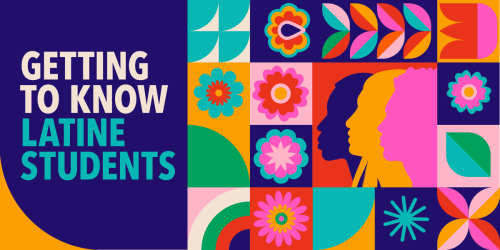Increasing Teacher Collaboration to Better Serve Students Learning English

In a typical school setting, students who are English language learners (ELL) build content knowledge in classes taught by subject-area teachers and develop their second-language skills with ELL teachers or specialists. Given new college- and career-ready standards, as well as English language proficiency standards that emphasize English learner students’ application of their new language skills to the content they are learning, a need for collaboration between ELL specialists and content-area teachers is emerging. But how do schools create successful collaborations between groups of teachers that have not worked together closely?
In 2015, the Beaverton School District piloted a collaboration model with ELL specialists working closely with humanities and special education teachers and acting as case managers for students learning English at Meadow Park Middle School. The aim was to create an individualized language acquisition plan for every English learner student at the school. Our role was to review the model through interviews and observations, then prepare a preliminary report on the pilot’s challenges and successes.
According to the teachers, students benefited from the model—mostly from developing a trusting relationship and receiving extra support from their ELL case manager. Teachers also said the model helped strengthen existing collaboration and unified their approach for providing services.
Based on our experiences at Meadow Park Middle School and our knowledge of the literature, we formed a few strategies other schools can employ when looking to increase teacher collaboration to better serve students learning English.
Clearly Define the Program Model and Staff Members’ Roles
Whatever collaboration model you are pursuing, it’s important to provide professional development up front that covers what the model is and how staff members should collaborate with one another. A clear set of expectations gives teachers a road map to follow when executing their roles. Creating a matrix that lists tasks and identifies who’s responsible (in this case content-area teacher, ELL specialist, or both) can help.
Deliver Professional Learning Opportunities to Content-area and ELL Teachers
Content-area teachers with a wide range of knowledge and comfort levels in supporting English learner students benefit from building their ability to facilitate language acquisition—and ELL teachers benefit from receiving training on evidence-based strategies for supporting language acquisition that also facilitate students’ content learning. In addition, providing professional development on how to collaborate and co-teach can help teachers develop more effective relationships.
Streamline Language Acquisition Plans
Meadow Park Middle School chose to use individualized language acquisition plans for all English learner students as a way to track their specific learning needs, as well as help content-area and ELL teachers stay on the same page. The plans can be cumbersome to create by hand, but building a dashboard that automatically fills in student data can simplify the process. The streamlined language acquisition plan can include the standards the student is working on, specific targets (for example, past tense of irregular verbs), and other data points. It’s important to include a space where teachers can add formative assessment data to students’ plans.
Provide Structure and Consistency for Collaboration Periods
For collaboration to occur, teachers need time for planning and scheduled co-teaching. Finding common times can be a challenge, especially when ELL teachers have students spread across several content teachers. When time is set aside for collaborative planning, clearly stated meeting goals can help provide the needed structure to keep the collaboration on track. Although it might not be feasible to eliminate all scheduling conflicts, everyone gains when administrators design master schedules that maximize collaboration time.
Phase in Implementation and Make Adjustments as Necessary to Facilitate Sustainability
Because increasing collaboration can entail significant changes in teachers’ practice, it’s best to roll out a model slowly. One approach is to develop teachers in one grade level who then mentor other teacher teams in the future.



